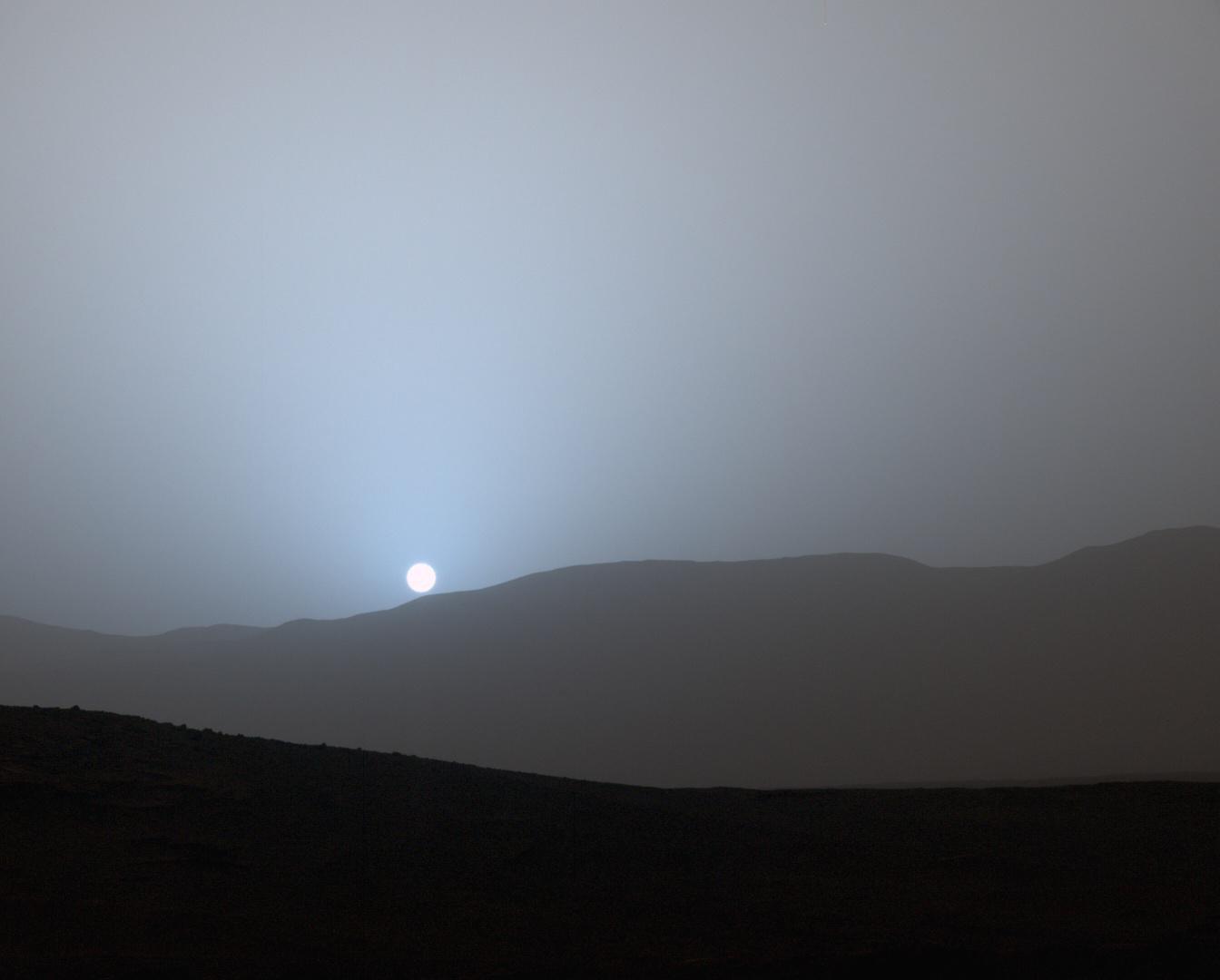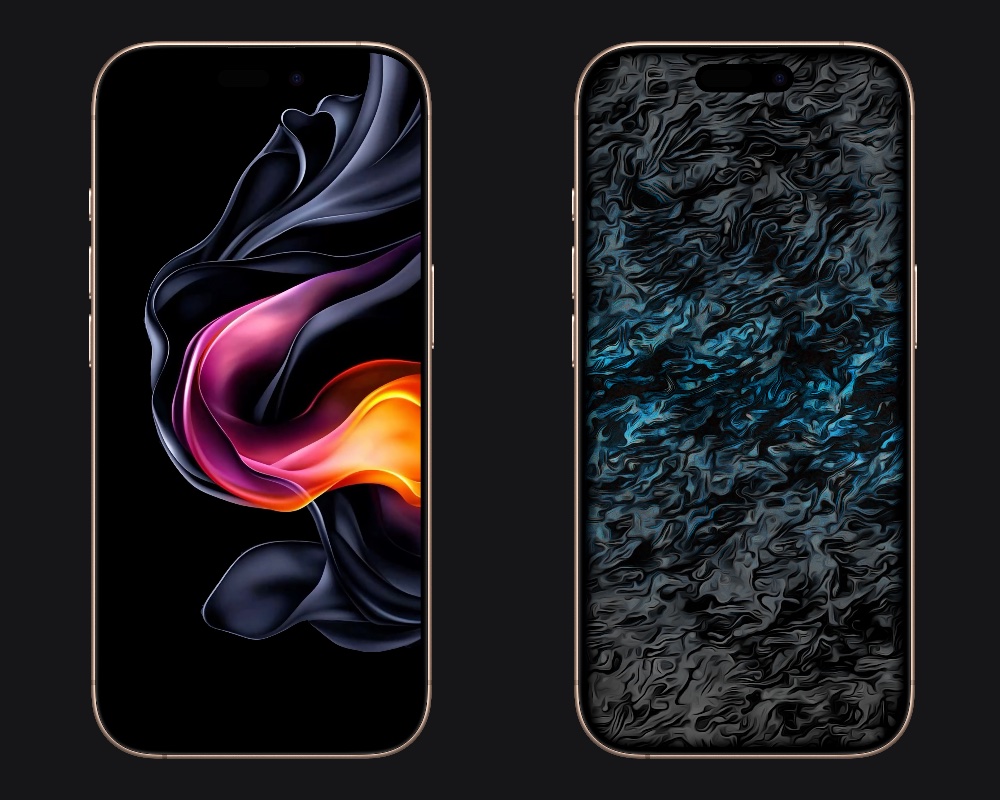Have you ever thought about how Watch sunsets on other planets? The usual shades of orange-red that fascinate us so much at dusk can be very different depending on the planet in our solar system. But how is this possible?
Certain factors, such as a nearby star and the atmosphere, are necessary for a memorable sunset to occur. In this equation, it is the atmospheric composition that ultimately makes the total difference.. Then learn how sunsets might be different on other planets and why they are that way.
a different atmosphere
The atmospheric composition of each of the planets in the solar system and the moons that orbit them is very different. Some have a certain concentration of gases or have no atmosphere..
Earth has a mixture of different gases such as nitrogen, oxygen, argon, carbon dioxide and water vapor. Seemingly white sun rays are a combination of colors that can split as they pass through a lens or collide with particles.

To this section we call this diffraction, refraction and the famous scattering that gives different colors throughout the day. The interaction of these gases, airborne particles, and sunlight produces not only the colors of sunrise and sunset, but also the aurora borealis and blue skies.
Even on Earth, sunset colors are different. In areas with more pollution, greater suspension of particles and carbon dioxide can result in redder colors. In more remote areas, orange dominates.
In Brazil, there are even wars over the choice of “where the sunset is best”. If there are so many differences on the same planet, imagine how it could be on stars whose atmospheres are very different from those on Earth!

sunset across the universe
If we have a nice mix of colors on Earth that extends towards red, in other places we see a beautiful turquoise sunset. Inside The atmosphere of Uranus consists mainly of hydrogen, helium and methane gases.
These components interact with sunlight, absorbing long waves such as red and scattering smaller waves such as blue and green. Therefore, these colors dominate the planet’s sky.
On the planet Mars, whose atmosphere consists of 95% carbon dioxide, the Sun also has a bluish character. Sunsets on Titan are yellowish in color, trending towards brown as it gets dark. Its atmosphere consists of nitrogen and methane.
It is still not possible to predict exactly what the sunset will be like on other planets and moons. because we do not know exactly their atmospheres and the particles in them.. This does not mean that the Sun does not set on these planets; we just don’t know the color palette chosen for the show yet.

Importance of sunset
In addition to the pleasant end of the day, In addition to helping us understand the functioning of the atmosphere and its rotation period, sunset also provides us with an account of time..
Technology has advanced enough to allow us to look at more distant places in the universe, and so space probes, spectrometry instruments and many other equipment may soon offer us stunning images of beautiful stargazers!
Who knows, maybe it will be time for us to see the sunsets of other stars on exoplanets far from home?
Who knows more about life, truth and the universe? So find out why there is nothing in the universe that resembles our solar system. Stay tuned to TecMundo!
Source: Tec Mundo
I’m Blaine Morgan, an experienced journalist and writer with over 8 years of experience in the tech industry. My expertise lies in writing about technology news and trends, covering everything from cutting-edge gadgets to emerging software developments. I’ve written for several leading publications including Gadget Onus where I am an author.













